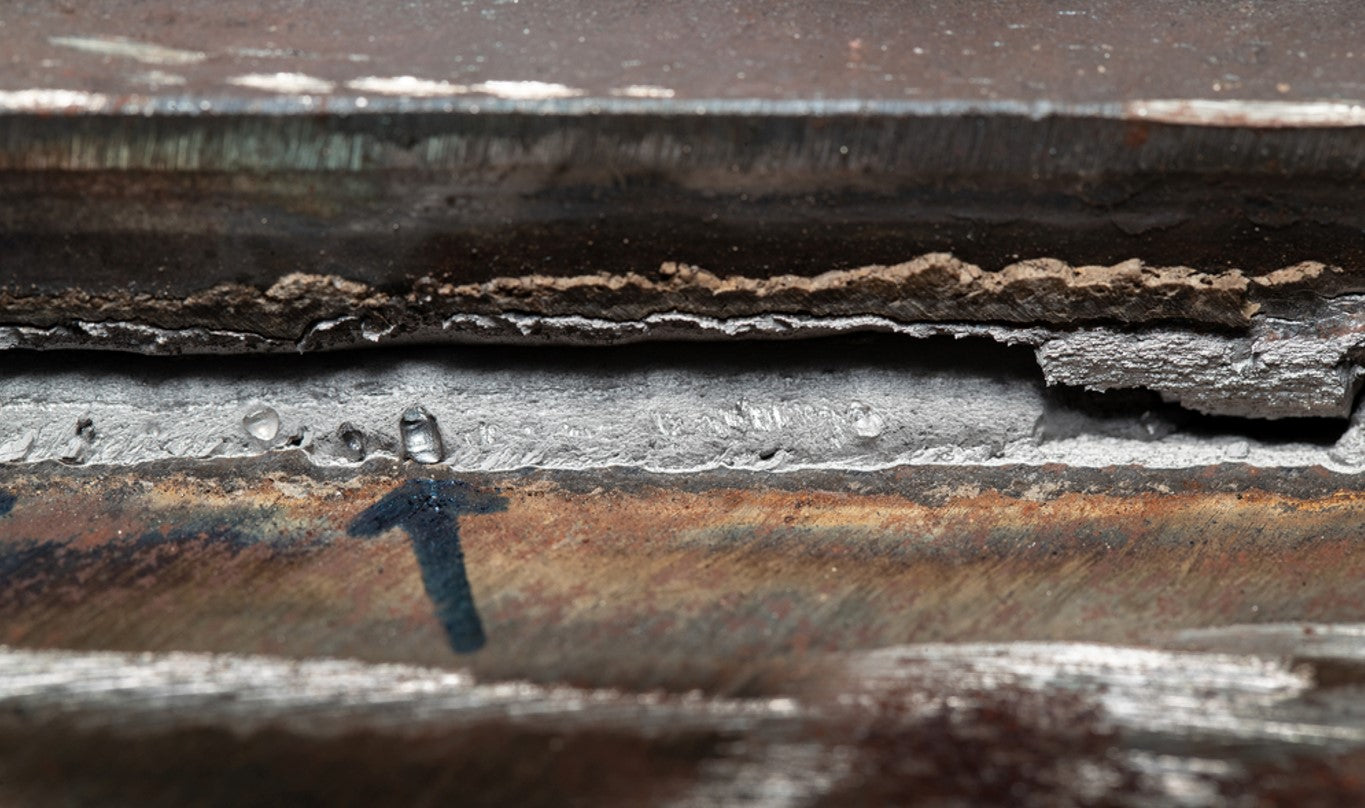Complete Overview to Preventing Weld Undercut: Tips and Techniques
Complete Overview to Preventing Weld Undercut: Tips and Techniques
Blog Article
Understanding the Art of Welding: How to Stay Clear Of Undercut Welding Issues for Flawless Construction Results
By understanding the root creates of undercut welding and executing reliable methods to prevent it, welders can boost their craft to brand-new levels of quality. In the quest of perfect fabrication results, mastering the art of welding to stay clear of undercut concerns is not simply a skill yet a necessity for those making every effort for perfection in their job.
Comprehending Undercut Welding

To stop undercut welding, welders need to ensure correct welding parameters, such as changing the existing, voltage, traveling rate, and preserving the appropriate electrode angle. By comprehending the causes of undercut welding and implementing preventative measures, welders can attain top quality, structurally sound welds.
Reasons of Undercut in Welding
Recognizing the factors that add to damage in welding is essential for welders to generate premium, structurally sound welds. When the weld steel does not effectively fill up the groove formed between the base metal and the formerly transferred weld steel, undercutting happens. A number of elements can bring about damage in welding. One common cause is too much warm input. Welding at heats for extended periods can result in the base metal melting greater than wanted, causing damage. Inadequate welding incorrect or existing welding speed can additionally add to undercut. Insufficient current may not supply adequate heat to thaw the base and filler metals sufficiently, while excessive speed can protect against correct blend, triggering undercut. Furthermore, incorrect electrode angles or wrong lantern control techniques can develop locations of reduced weld metal deposition, advertising undercut. Comprehending these reasons and executing correct welding techniques can aid stop damaging concerns, ensuring solid and durable welds.
Strategies to avoid Undercutting

To reduce the danger of damaging in welding, welders can employ strategic welding strategies intended at enhancing the high quality and integrity of the weld joints. Additionally, using the appropriate welding method for the certain joint setup, such as weave or stringer grains, can add to minimizing undercutting.
Using back-step welding techniques and controlling the weld grain account can likewise aid distribute heat look here uniformly and lessen the danger of undercut. Normal inspection of the weld joint throughout and after welding, as well as executing top quality assurance procedures, can help in spotting and resolving damaging issues quickly.
Value of Appropriate Welding Parameters
Choosing and keeping ideal welding criteria is essential for attaining successful welds with marginal problems. Welding parameters describe variables such as voltage, current, take a trip speed, electrode angle, and securing gas flow price that straight affect the welding process. These criteria must be very carefully readjusted based upon the sort of product being bonded, its thickness, and the welding method utilized.
Correct welding specifications make sure the correct amount of warm is put on thaw the base steels and filler product evenly. If the specifications are established expensive, it can lead to extreme warmth input, creating spatter, distortion, or burn-through. On the other hand, if the parameters are also reduced, insufficient combination, lack of infiltration, or damaging may happen.
Quality Assurance in Welding Operations

Final Thought
To conclude, mastering the art of welding needs a detailed understanding of undercut welding, its reasons, and techniques to stop it. other By guaranteeing proper welding criteria and carrying out quality assurance methods, remarkable manufacture outcomes can be attained. It is necessary for welders to constantly pursue excellence in their welding operations to avoid undercut issues and produce high-quality welds.
Undercut welding, an usual problem in welding procedures, takes place when the weld metal does not appropriately load the groove and leaves a groove or depression along the welded joint.To stop undercut welding, welders ought to make sure correct welding criteria, such as readjusting the existing, voltage, travel speed, and maintaining the correct electrode angle. Insufficient welding present or incorrect welding rate can also add to damage.To mitigate the risk of undercutting in welding, welders can employ calculated welding techniques intended at boosting the quality and stability of the weld joints.In conclusion, mastering the art of welding requires a comprehensive understanding of undercut welding, its reasons, and techniques to avoid it.
Report this page